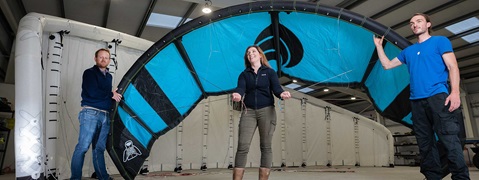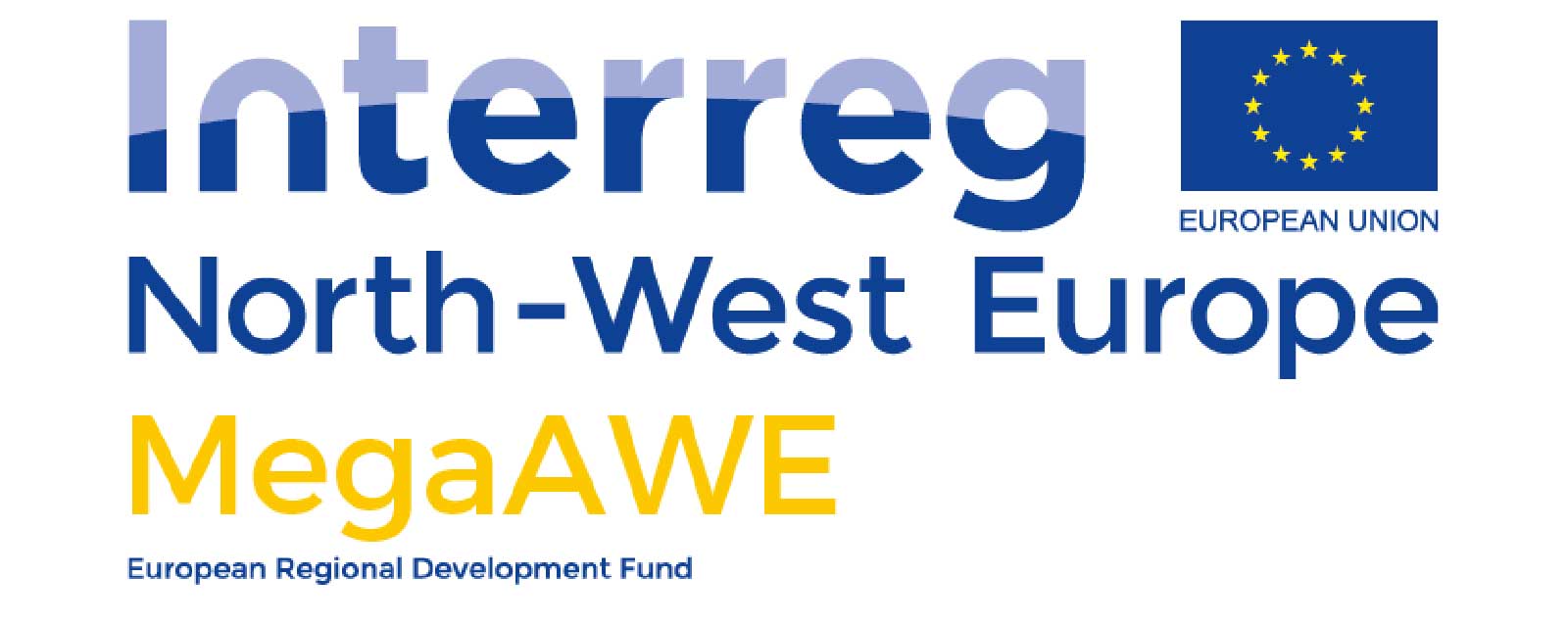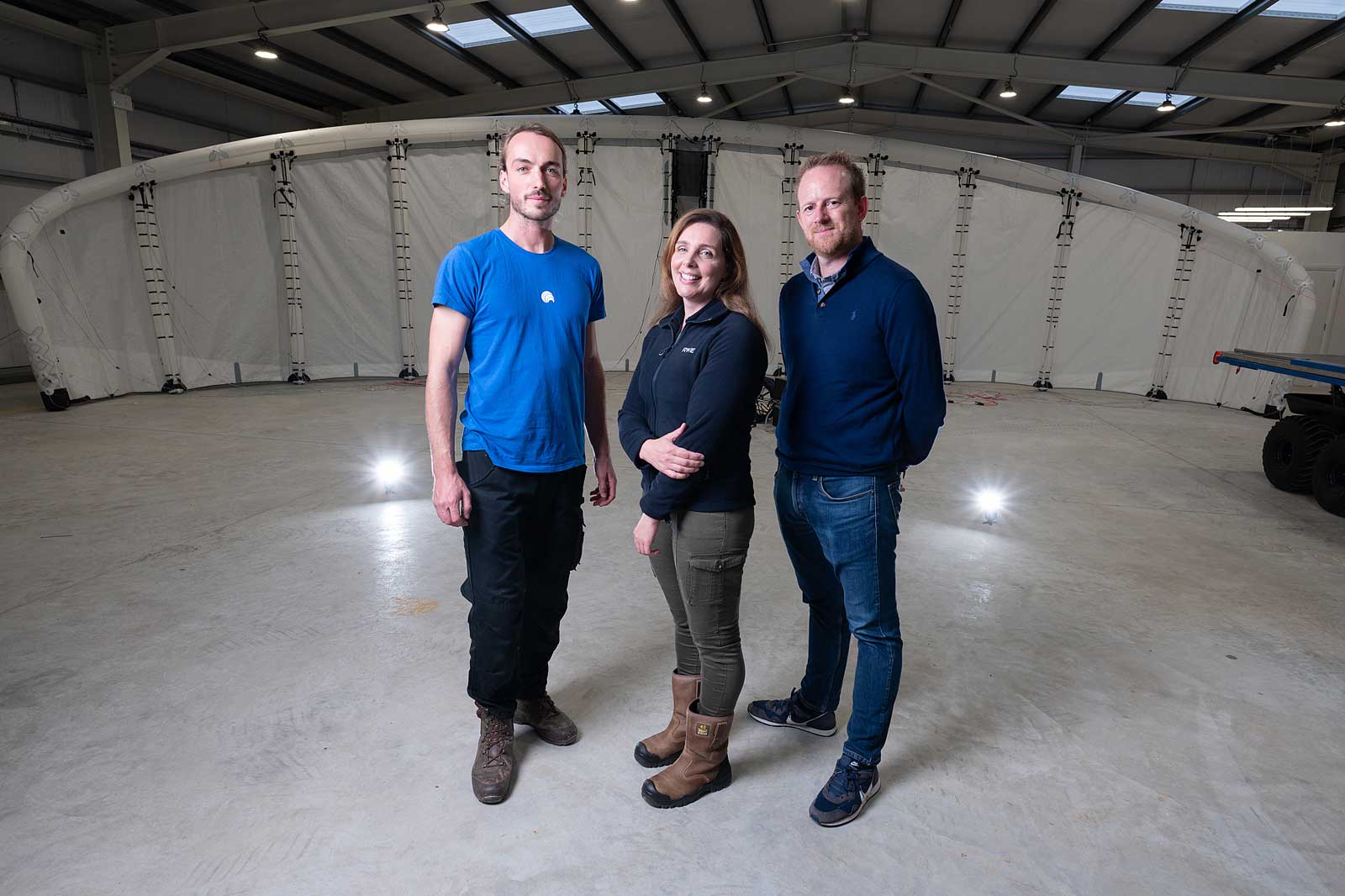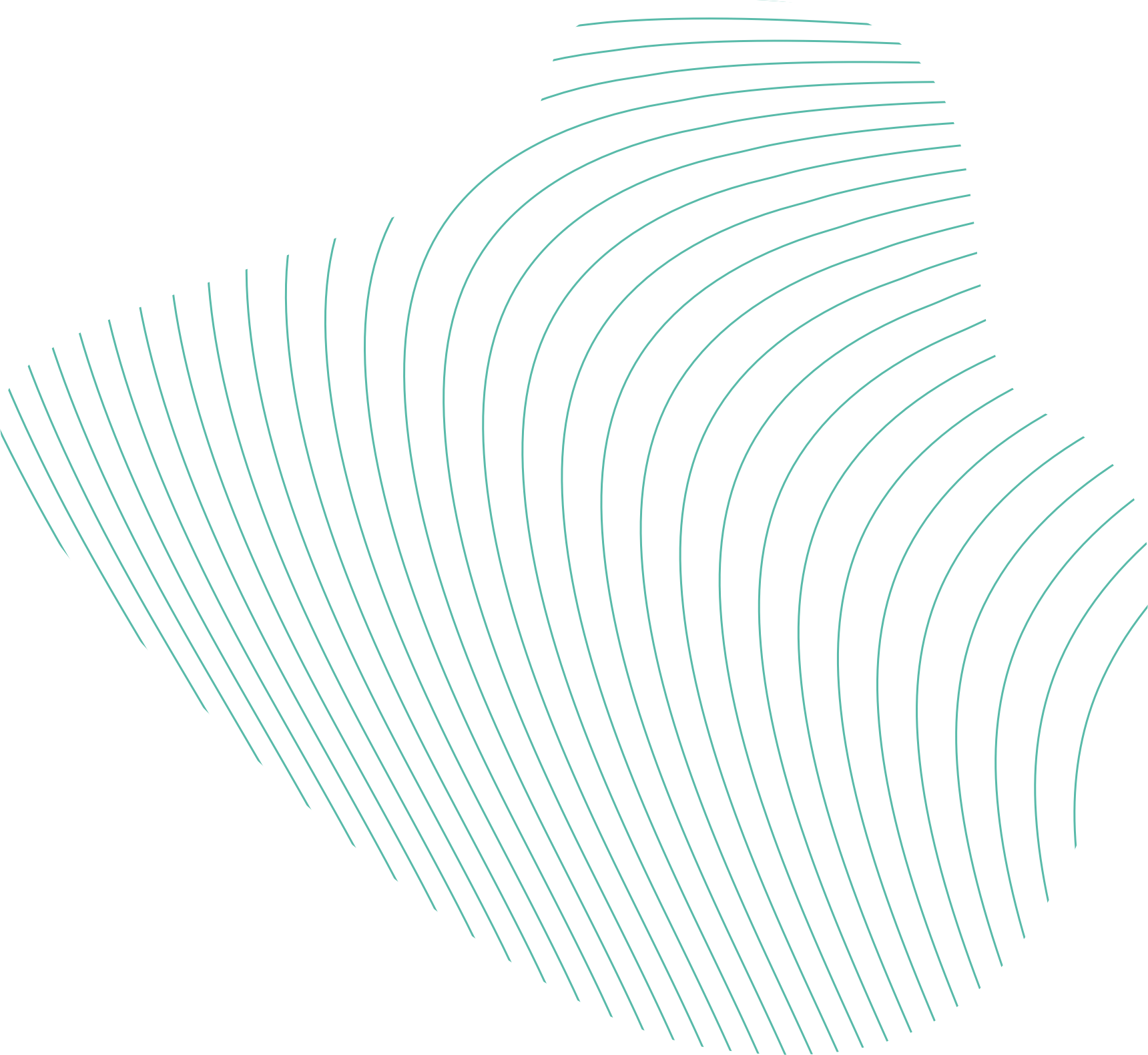Airborne Wind Energy is a new type of wind energy technology that RWE is testing in Ireland in collaboration with its technology partner Kitepower, its partners in Mayo County Council and the MegaAwe Project, with funding from Interreg North West Europe.
The site in Bangor Erris was chosen after an extensive global search for a suitable location to develop this technology.





